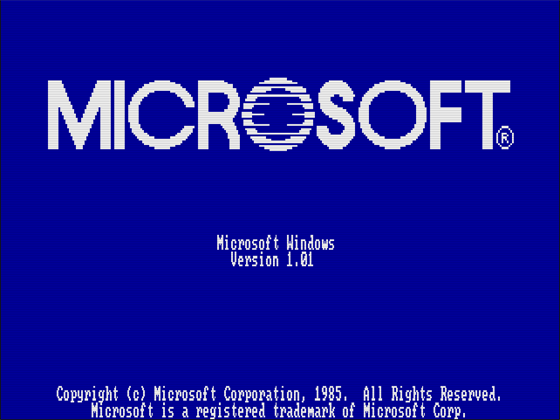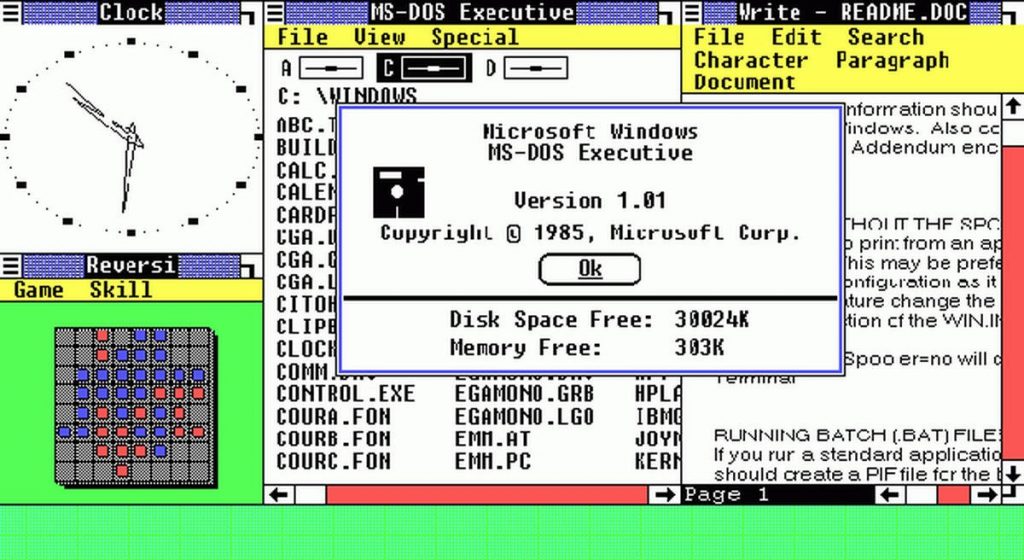On November 20, 1985, the first graphical version of the now iconic operating system was released. Windows 1.0 was an important milestone in the history of operating systems. It was the first commercially available operating system to bring graphical user interfaces to mass production, thereby laying the groundwork for future versions of Windows. It was the first Microsoft system to use a graphical environment, which was a revolutionary step at the time.
Windows 1.0 allowed for multitasking, which meant that users could run several applications at once and switch between them. This was unheard of at the time, and it was a key feature for future versions of Windows. Even the first version of Windows included a characteristic window that had three buttons: minimize, maximize, and close, which became standard in subsequent versions.
The system used 16-bit architecture and could only run on computers with an Intel 8088 processor or higher. It also had a few compromises and limitations. For example, the maximum number of concurrent applications running was 16. 16 colours were used for rendering and worked with only one font format. It included several basic applications such as Paint, Notepad, Calculator, Calendar, Clipboard and Reversi game. For example, Program Manager did not appear until Windows 3.0
A few interesting facts about Windows 1.0:
- The name Windows was inspired by the window systems that were popular on personal computers at the time.
- It was originally developed as an add-on to the MS-DOS operating system, but eventually became a standalone system.
- It has been released in several versions, including for home use, businesses, and schools.
- It was a simple system that offered only basic functions such as file management, text processing, and printing.
- Helped Microsoft become one of the leading operating system manufacturers in the world.
- It was replaced by Windows 2.0 in 1987.



